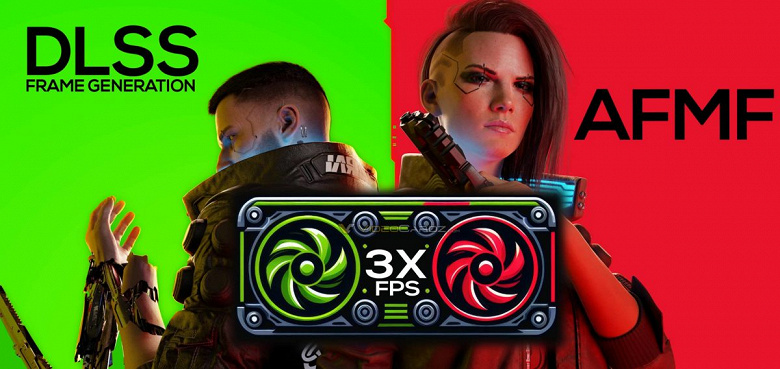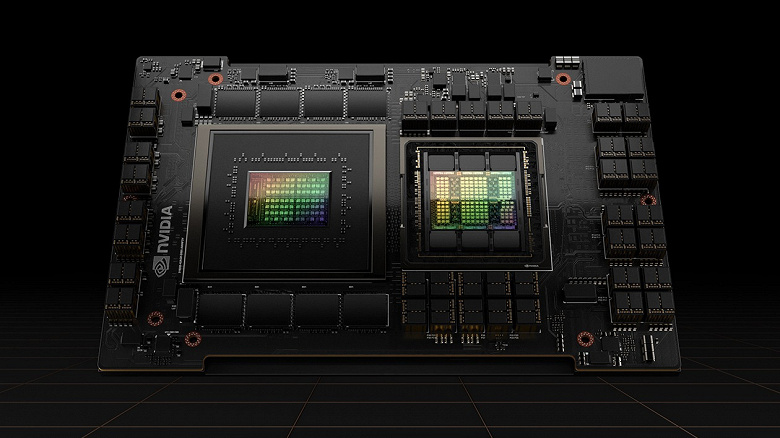NVIDIA will introduce AMD Smart Access Memory analog that will accelerate Ampere on any platform
AMD introduced Smart Access Memory technology during the announcement of Radeon RX 6000 graphics cards. The bottom line is that if in ordinary Windows-based PCs processors can simultaneously access only part of the graphics memory (VRAM), then it can expand the data channel, allowing the processor to use the entire video memory array at once and eliminate a potential bottleneck, achieving increased performance …








